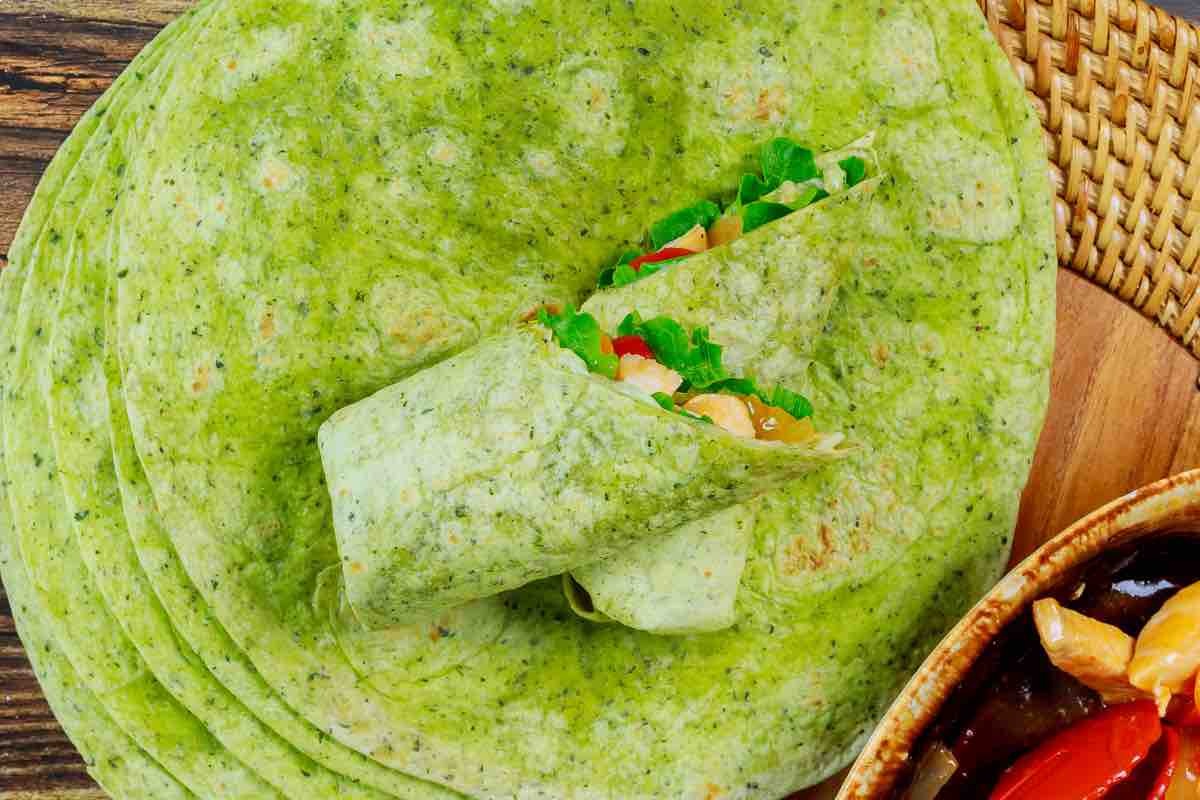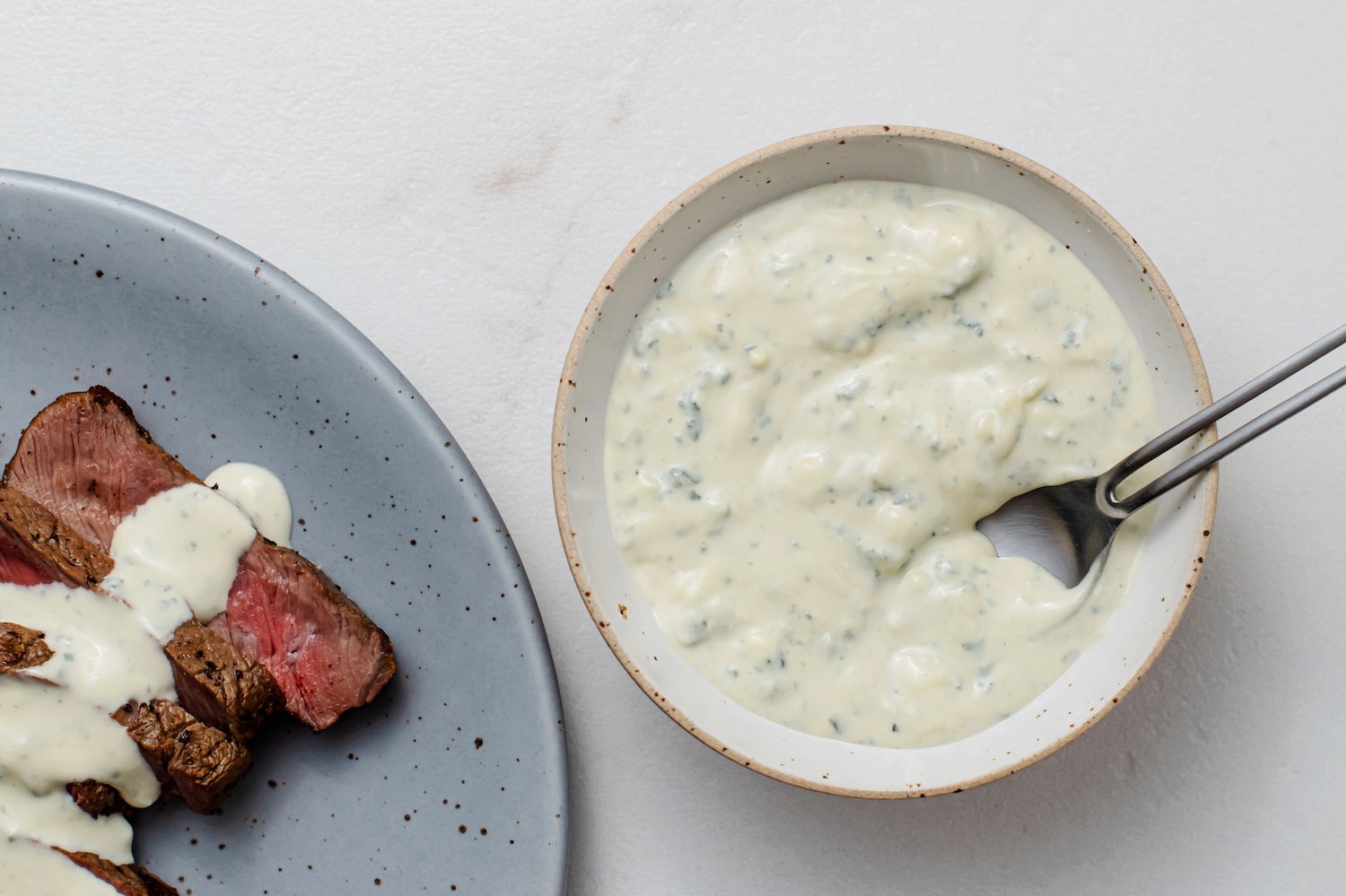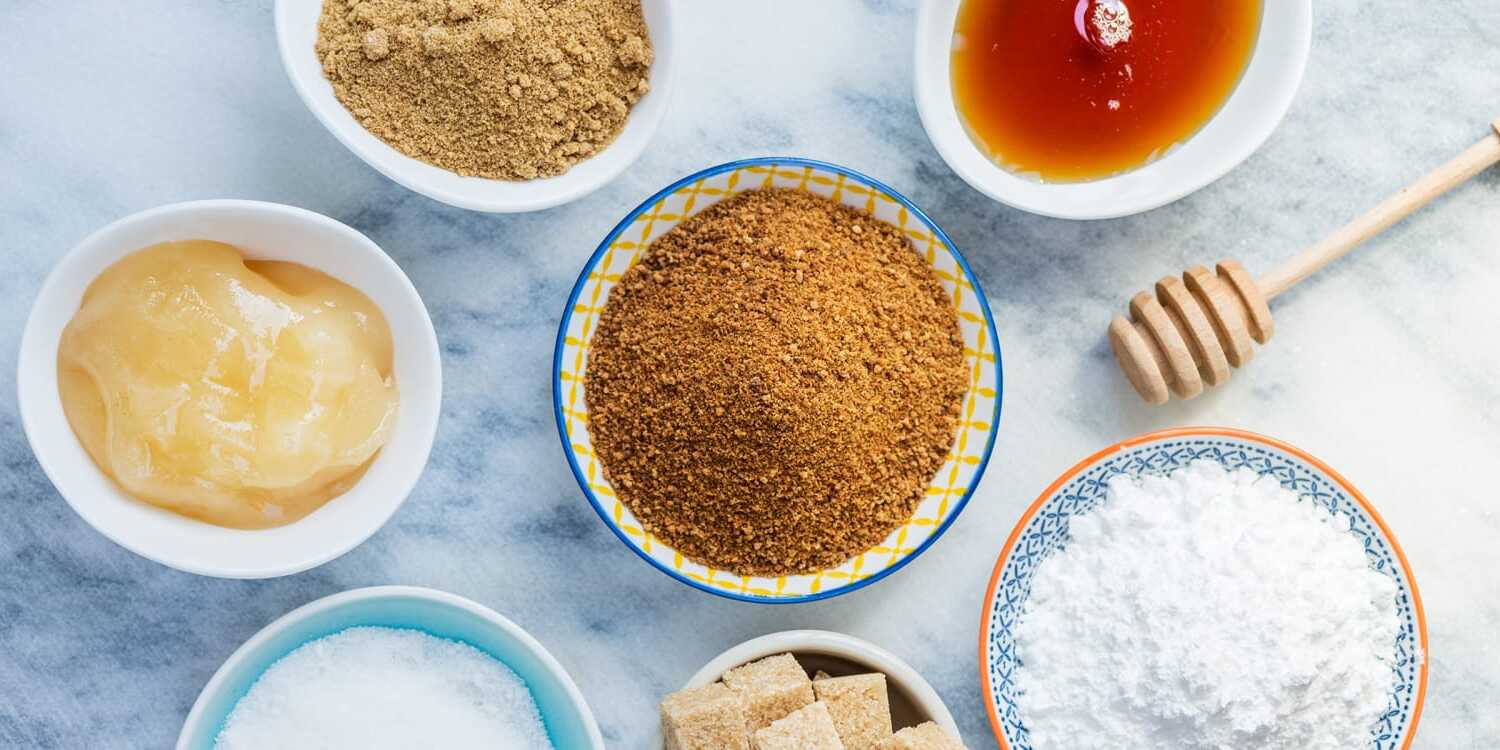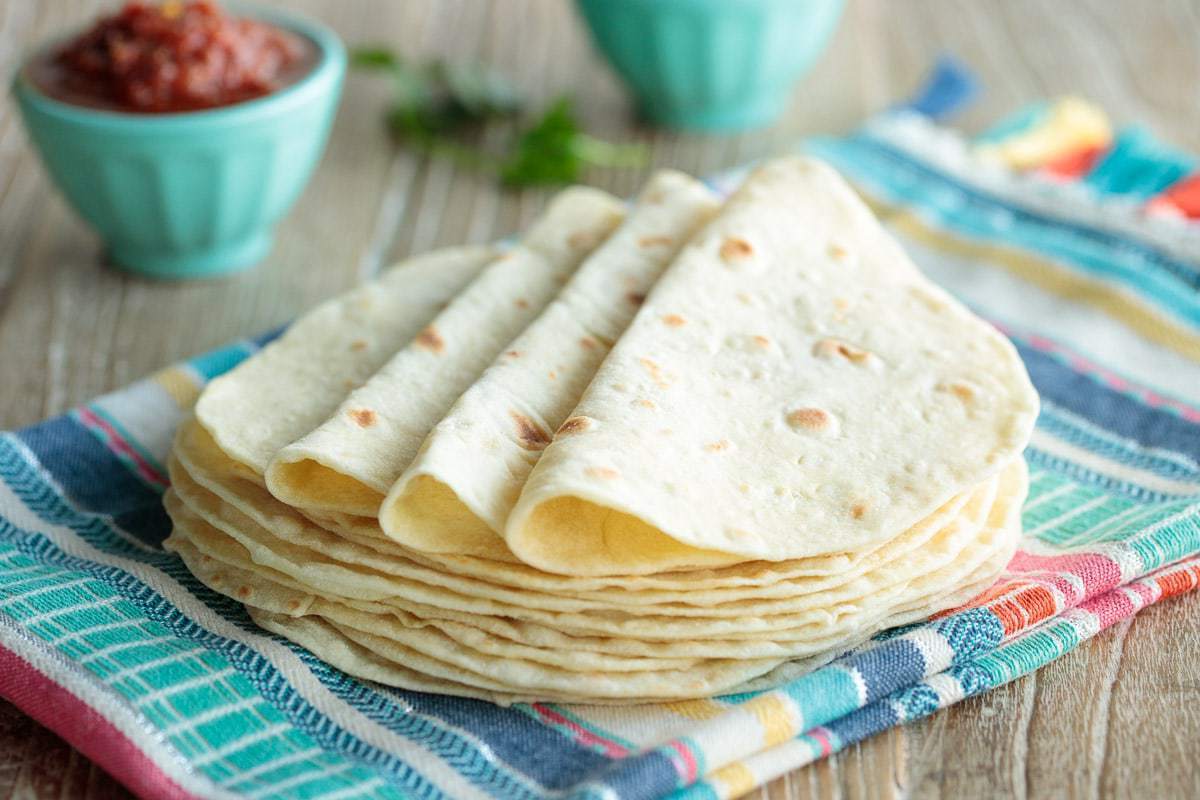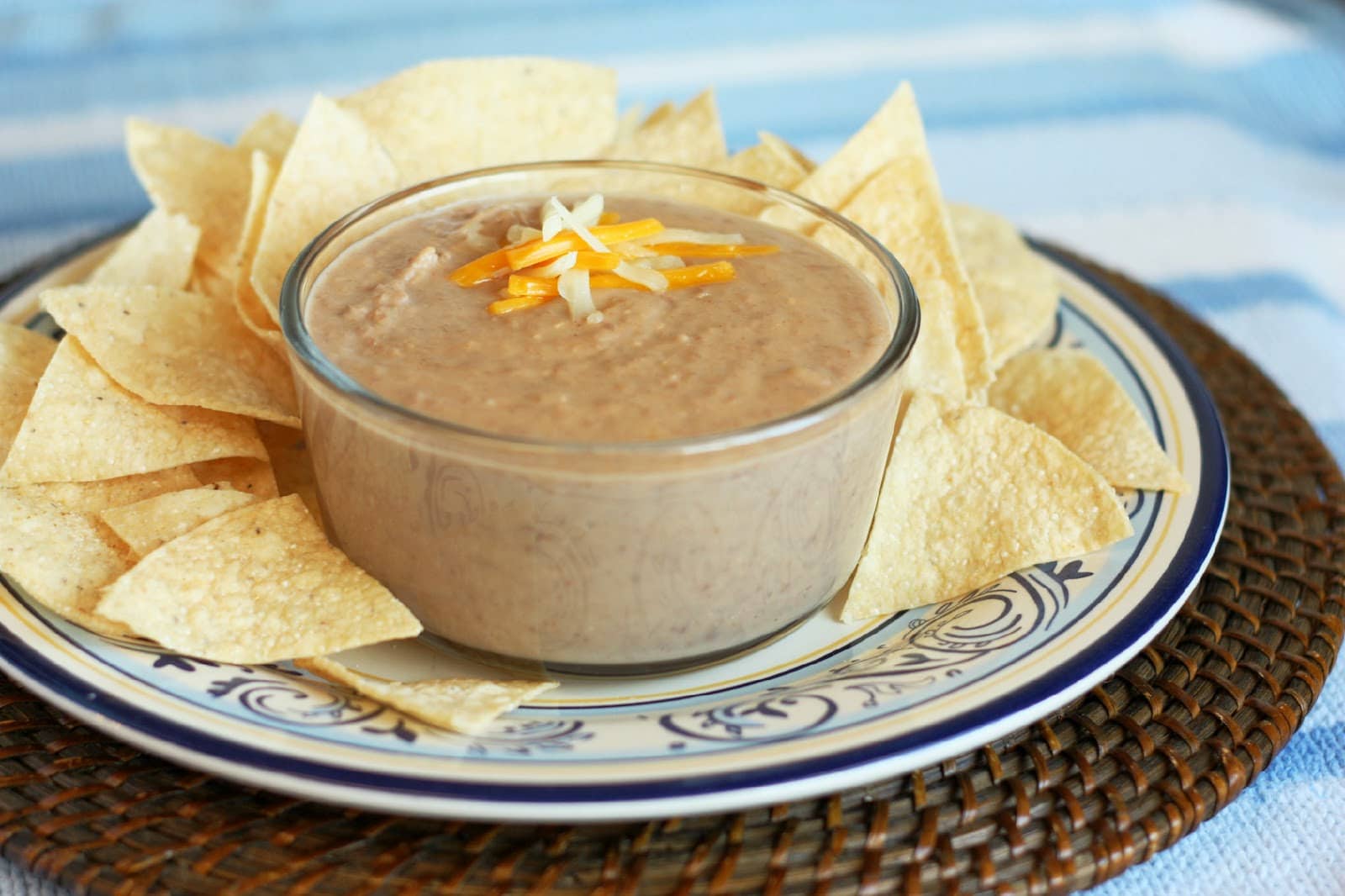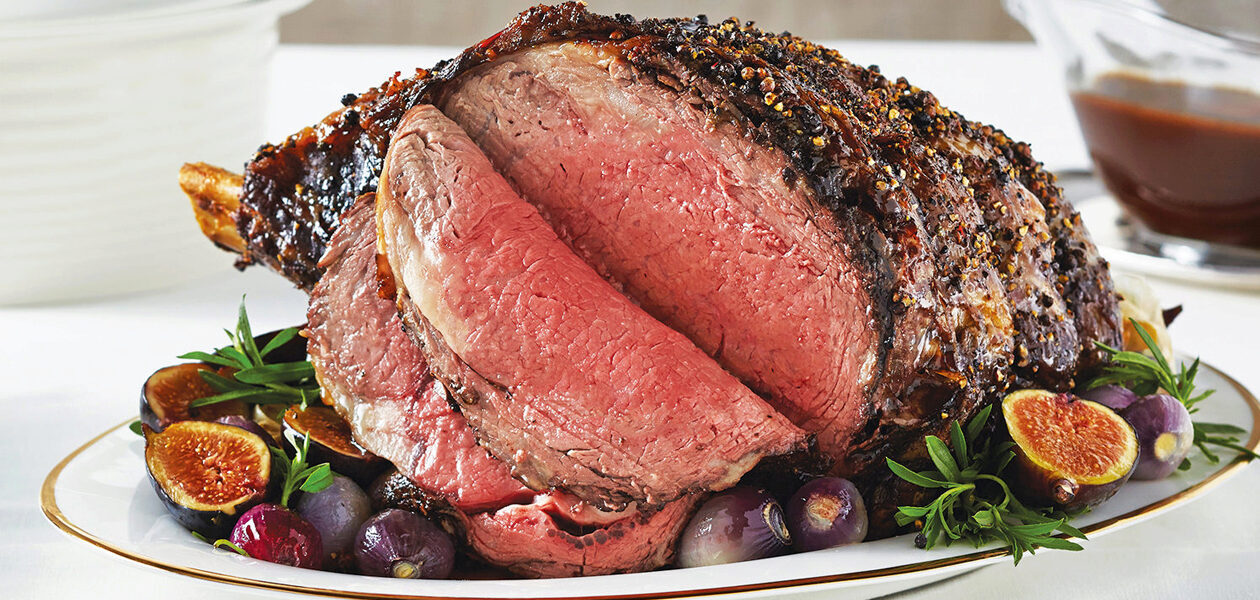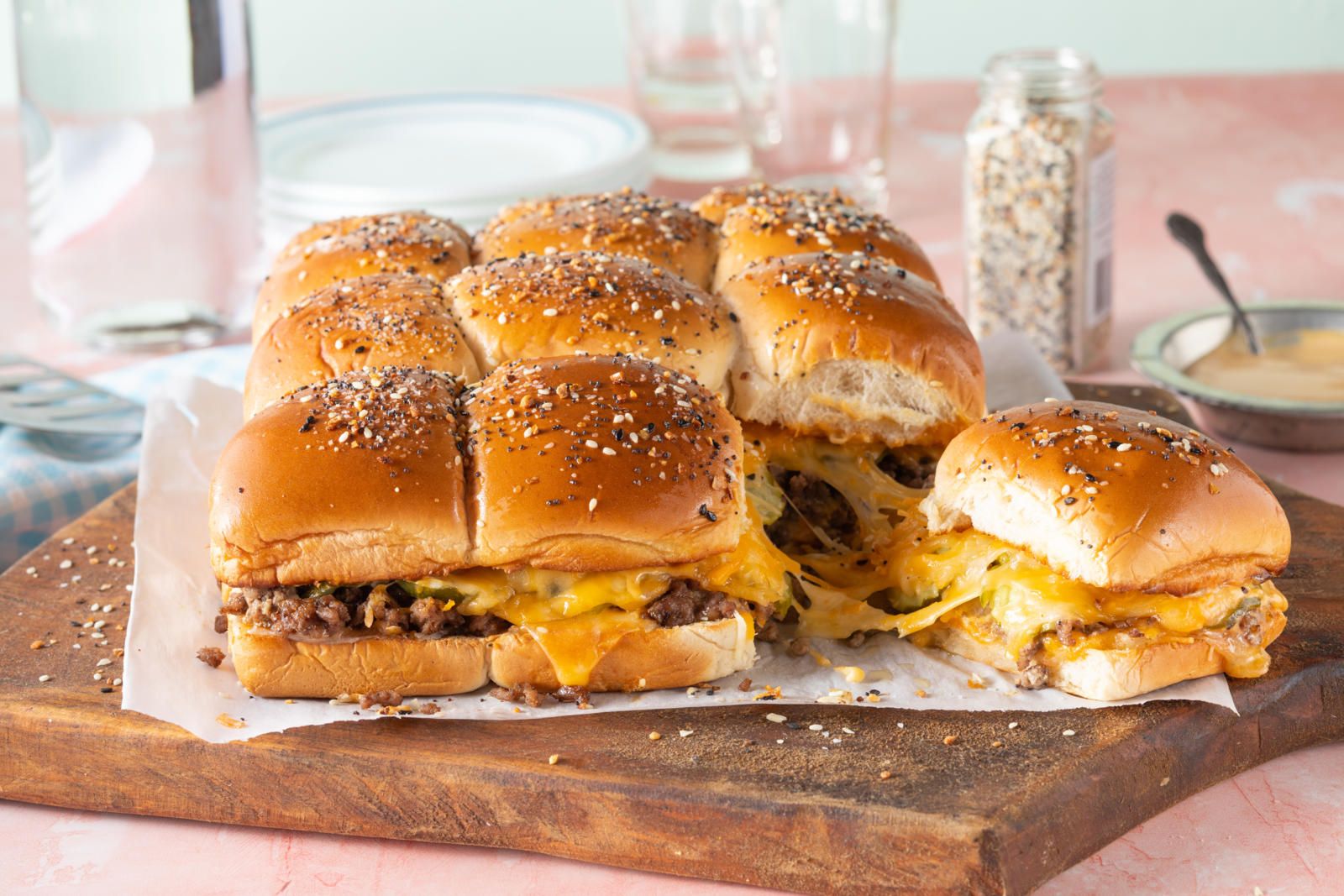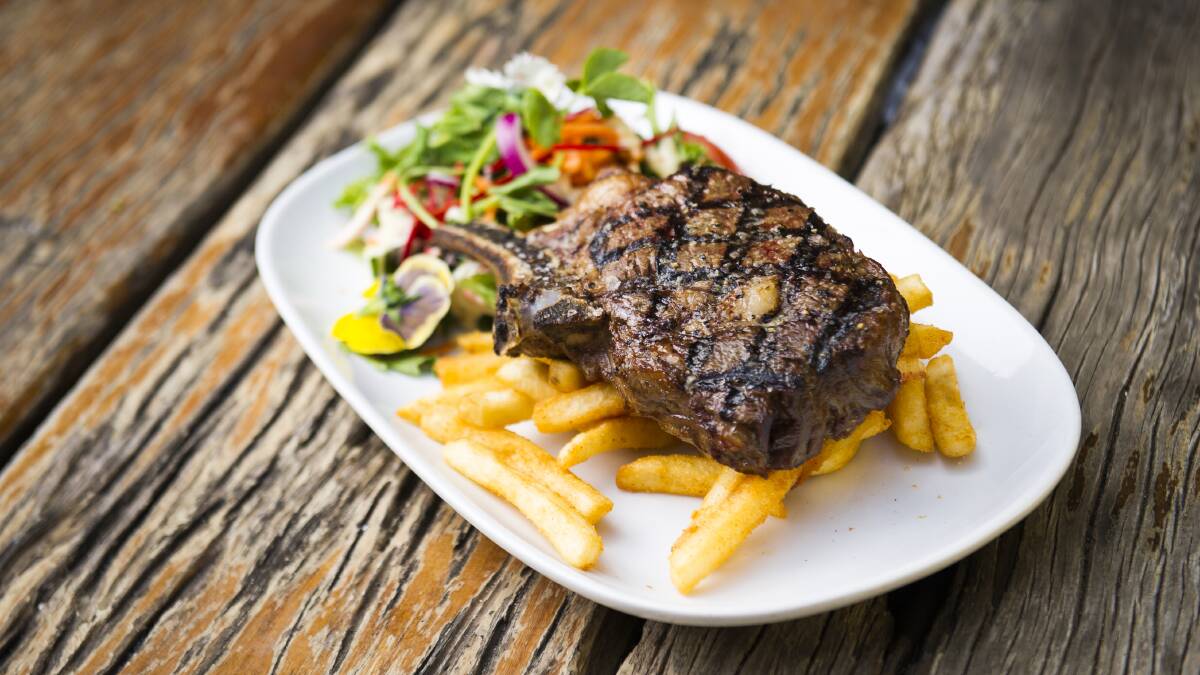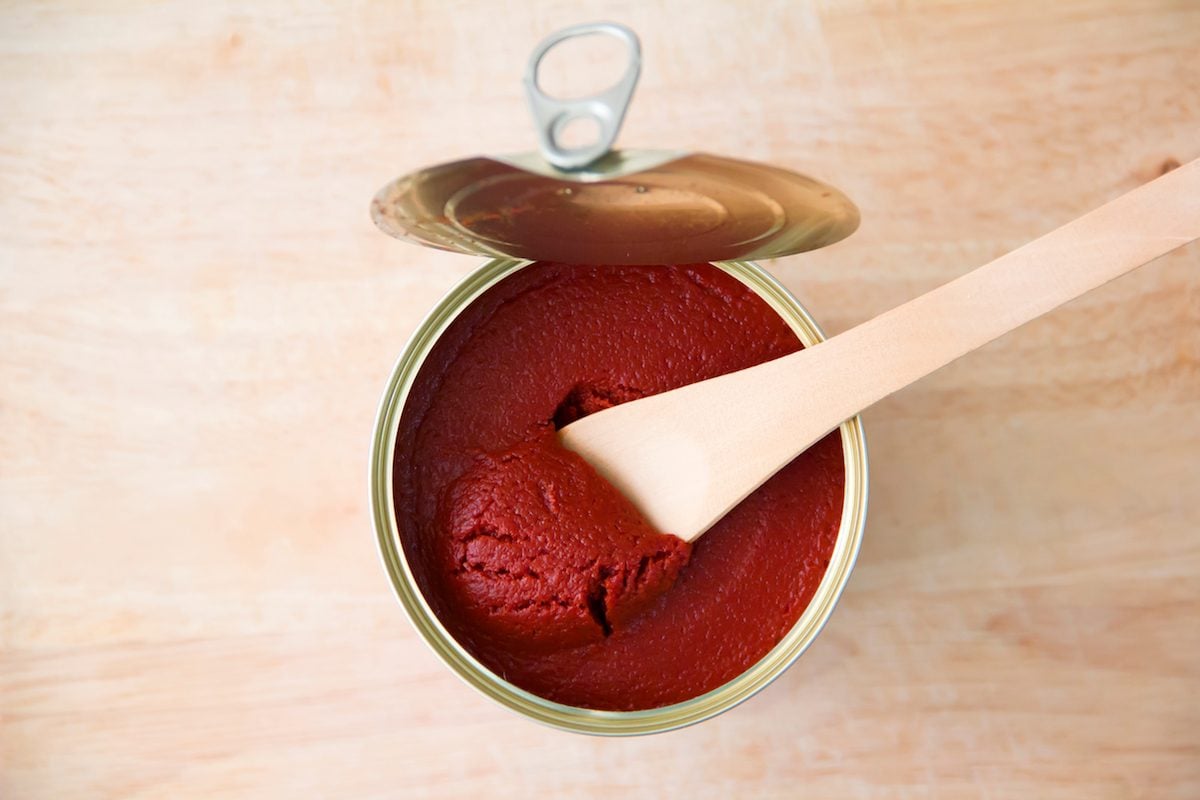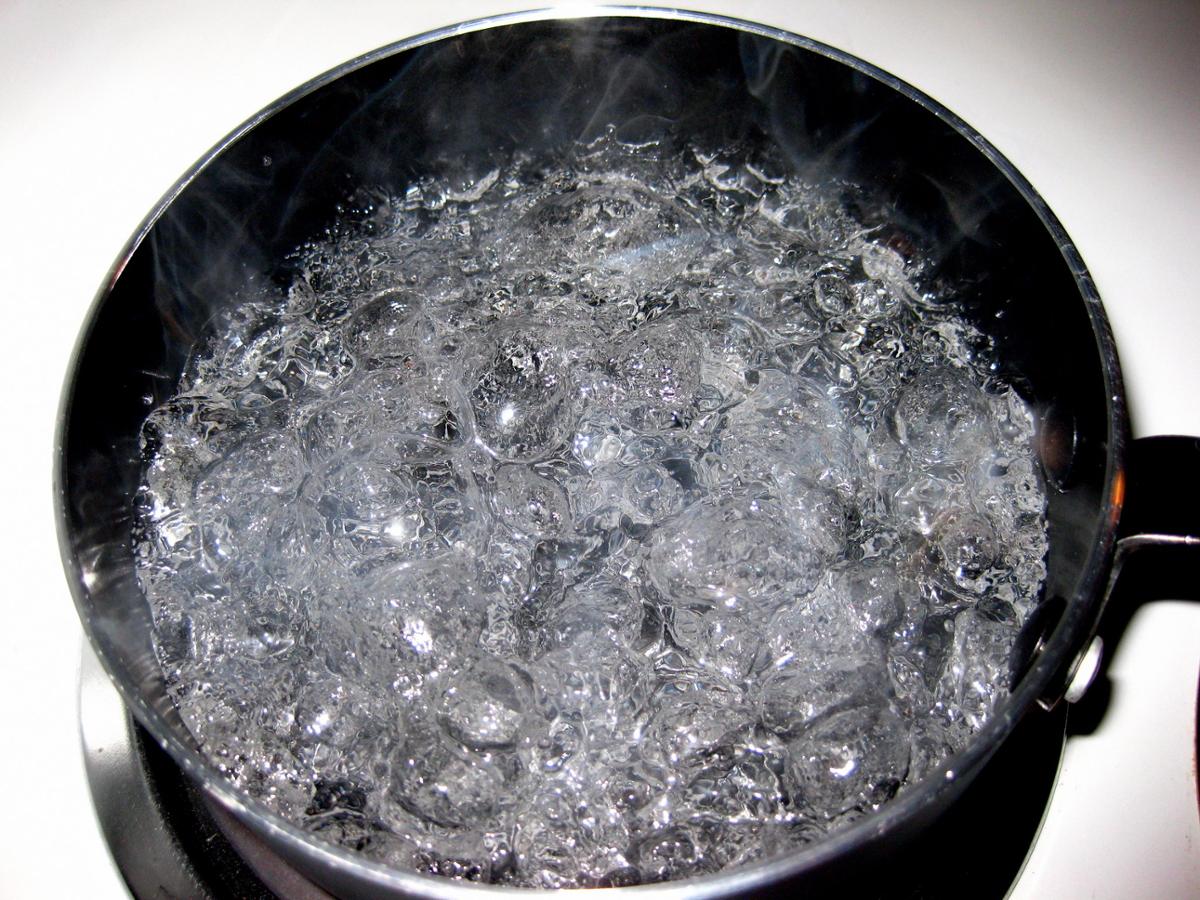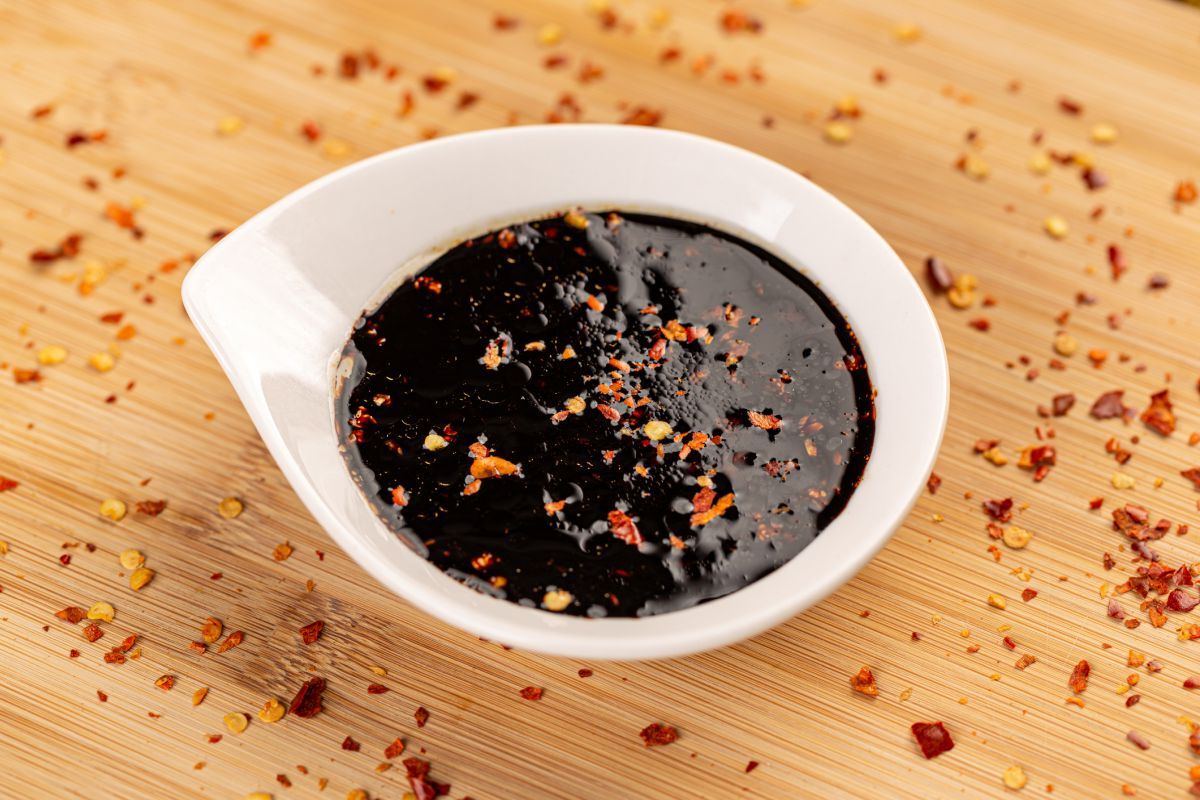Discovering the Delight of Soft Serve
Soft serve is a beloved treat that brings joy to people of all ages. Whether enjoyed on a hot summer day or as a sweet ending to a meal, soft serve never fails to satisfy the taste buds. But what exactly is soft serve, and what sets it apart from other frozen desserts?
What Makes Soft Serve Unique?
Soft serve is a type of ice cream that is known for its smooth, creamy texture. Unlike traditional ice cream, soft serve is served at a slightly warmer temperature, giving it a softer consistency. This allows it to be dispensed from a machine in a swirl-like shape, creating the iconic soft serve cone that we all know and love.
The Ingredients
Soft serve typically contains many of the same ingredients as regular ice cream, including milk, sugar, and cream. However, it also contains a higher amount of air, which is introduced during the churning process. This gives soft serve its light and airy texture, making it a refreshing and easy-to-eat dessert option.
Flavor Varieties
One of the best things about soft serve is the wide range of flavors available. From classic vanilla and chocolate to more adventurous options like green tea and mango, there is a flavor to suit every palate. Some soft serve shops even offer seasonal flavors, keeping things exciting for customers throughout the year.
Serving Options
Soft serve can be enjoyed in a variety of ways. Whether served in a classic cone, piled high in a sundae, or blended into a thick and creamy milkshake, the versatility of soft serve makes it a popular choice for dessert lovers everywhere.
The Joy of Toppings
One of the most enjoyable aspects of soft serve is the opportunity to customize it with a wide array of toppings. From colorful sprinkles and crunchy nuts to sweet syrups and fresh fruit, the possibilities for creating the perfect soft serve treat are endless.
Where to Find Soft Serve
Soft serve is a staple at ice cream parlors, dessert shops, and even some fast-food restaurants. Its popularity has also led to the creation of food trucks and pop-up stands dedicated solely to serving this delightful frozen treat.
Conclusion
Soft serve is more than just a dessert – it’s a beloved tradition that brings people together to indulge in a moment of pure sweetness. Its creamy texture, delicious flavors, and endless customization options make it a timeless favorite. Whether enjoyed on its own or as part of a decadent sundae, soft serve is sure to bring a smile to anyone’s face.
So, the next time you’re craving a cool and satisfying treat, consider treating yourself to a swirl of soft serve – it’s a simple pleasure that never disappoints.
Was this page helpful?
Read Next: What Is A Scooter Pie?
